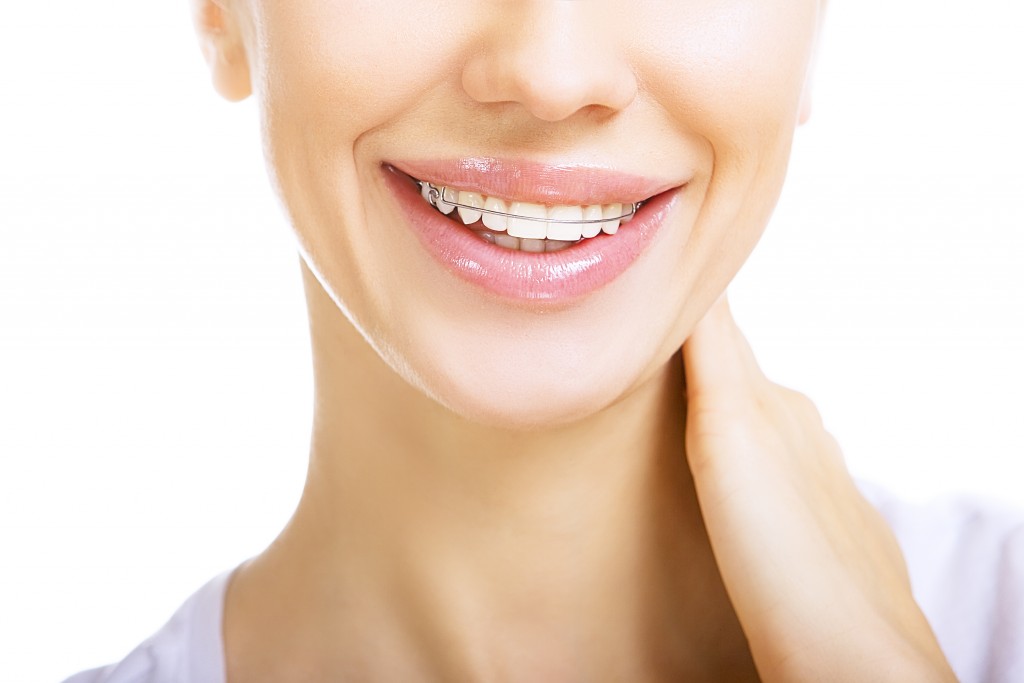- Orthodontic braces and mouthguards are two treatments commonly used to correct minor to severe jaw misalignment.
- Physical therapy exercises, such as those prescribed by a qualified professional, can help improve jaw alignment without being invasive.
- Surgery may be necessary to correct severe jaw misalignment, but it is essential to understand all the potential risks first.
- Jaw exercises can help improve facial aesthetics and balance by restoring proper form and muscle activation.
Having a misaligned jaw can cause pain and difficulty in performing everyday activities. It can also lead to problems with speech, breathing, digestion, and other health issues. Fortunately, there are several ways to correct jaw misalignment.
Depending on the severity of the condition, treatment options may include physical therapy exercises or even surgery. In addition to traditional treatments like these, natural remedies can help improve oral health and reduce discomfort associated with jaw misalignment.
Orthodontic Braces or Mouthguards

Orthodontic braces and mouthguards are the most common treatments for correcting minor to severe jaw misalignment. Orthodontic braces, typically made of ceramic or metal, use gentle pressure to adjust the position of teeth over time for an ideal alignment.
Additionally, custom mouthguards can protect the mouths from injury or grinding while providing cushioning during jaw misalignment. Both treatments are highly effective ways to help improve both oral health and facial features.
To ensure optimal results, it is essential to seek the help of a reputable orthodontist who can assess your individual needs and treatment goals before recommending a specific course of action.
Other Treatments and Lifestyle Changes
Here are other treatments and suggested lifestyle changes to help with jaw misalignment:
Physical Therapy Exercises
Physical therapy exercises are an incredibly beneficial treatment to correct jaw misalignment, otherwise known as malocclusion. Through a series of exercises designed by an experienced and qualified physical therapist, the jaw can be trained to realign with the surrounding facial structure.
This therapy has many advantages compared to other treatments for malocclusion, such as being non-invasive and cost-effective. Strengthening the musculature offers improved oral health, better chewing ability and speech articulation, and enhanced appearance.
A healthcare professional should always prescribe physical therapy exercises after a general assessment. As these exercises are tailored to the client’s needs, they should only be attempted with proper instruction and guidance from a qualified medical practitioner.
Surgery
Surgery is often a necessary treatment for jaw misalignment or malocclusion. Surgery involves realigning the joint to repair the problems caused by an uneven bite. It is an essential procedure because it can help restore the proper function of the joint and teeth, preventing further damage from being done over time.
This can also reduce chronic pain in the affected areas and decrease the wear and tear on certain teeth and gums. If a person’s condition is not treated with surgery, there is a possibility that serious complications could arise, such as difficulty speaking, eating, drinking, and breathing. Furthermore, without surgery, a person might experience long-term issues related to dental hygiene due to the misalignment of their jaws, making proper oral hygiene more challenging.
Jaw Exercise Programs
Jaw exercise programs are an effective way to treat and correct jaw misalignment. By targeting the underlying causes of this condition, such programs can alleviate any issues with chewing, talking, and other oral-facial functions.
In addition to these immediate advantages, jaw exercise programs can improve facial aesthetics and balance by restoring proper form and muscle activation. The treatments include a combination of self-care exercises that can be done twice a day at home, plus massage techniques and stretches overseen by a physical or occupational therapist.
This fusion of direct hands-on treatment and independent patient access makes jaw exercise programs ideal for correcting long-term bad habits, facial asymmetry, and dental malpositioning.
Dietary Changes

Dietary changes can be an essential part of treatment for jaw misalignment, especially when corrective surgery is unavailable. Changing the size and shape of food consumed can effectively guide teeth into better alignment to correct a malocclusion.
Eating soft foods such as cooked vegetables and avoiding overly-tough or crunchy items like gums and hard candies may help shift teeth over time into the more desirable position. Furthermore, essential steps can be taken towards improving alignment with lasting results by limiting the intake of specific snacks such as chips and other products high in sugar acids and starch.
Ultimately, dietary changes should only be done under professional supervision and advice so to ensure they are effective while minimizing any other impact they could have on nutrition and health.
Herbal Remedies
Herbal remedies are a reliable and safe method of correcting jaw misalignment issues. Such misalignments can create disfigurement, or cause unwanted changes in the jaw’s functionality.
Herbal remedies involve taking natural supplements such as herbs to alleviate pain and correct the alignment of one’s jaw. These strengthen the tissue surrounding the temporomandibular joint (TMJ) and reduce inflammation to restore its normal functioning.
Not only does this approach provide relief from the pain associated with misalignments, but it also supports the repositioning of the TMJ, allowing proper alignment over time. Although herbal remedies take longer than common methods like surgery, individuals who opt for this treatment form find it a gentler alternative while lasting results can still be achieved.
These are just some of the ways to treat jaw misalignment. It is important to explore all options and seek advice from a qualified professional before deciding on the best treatment for your situation.




